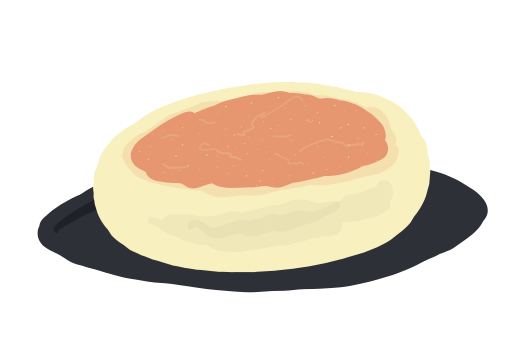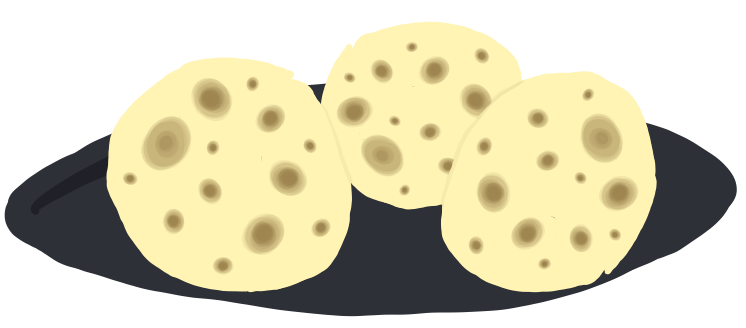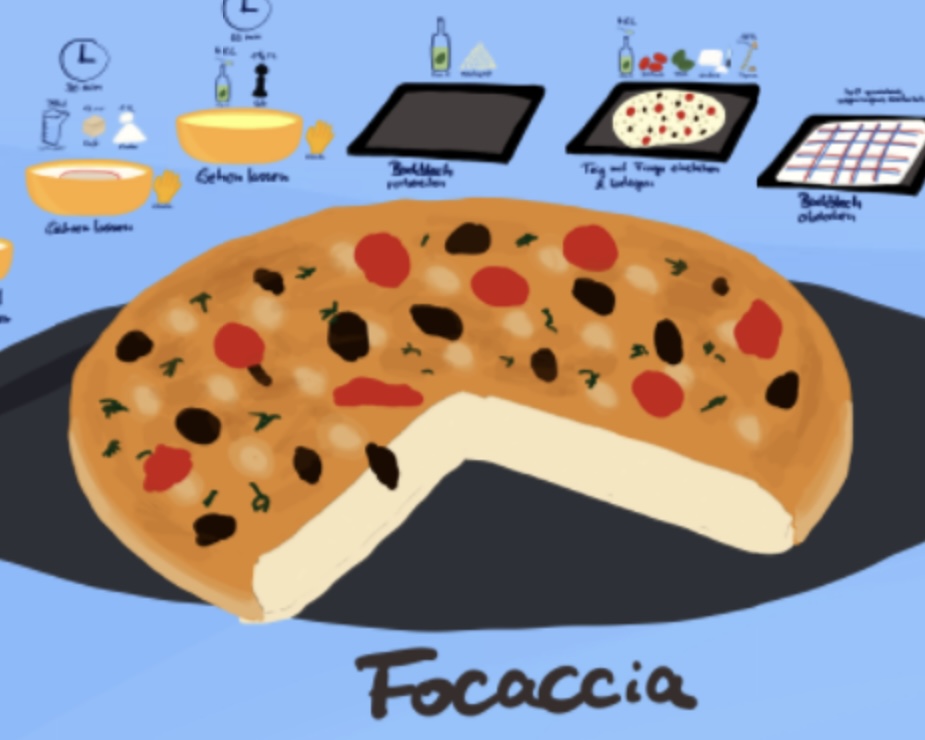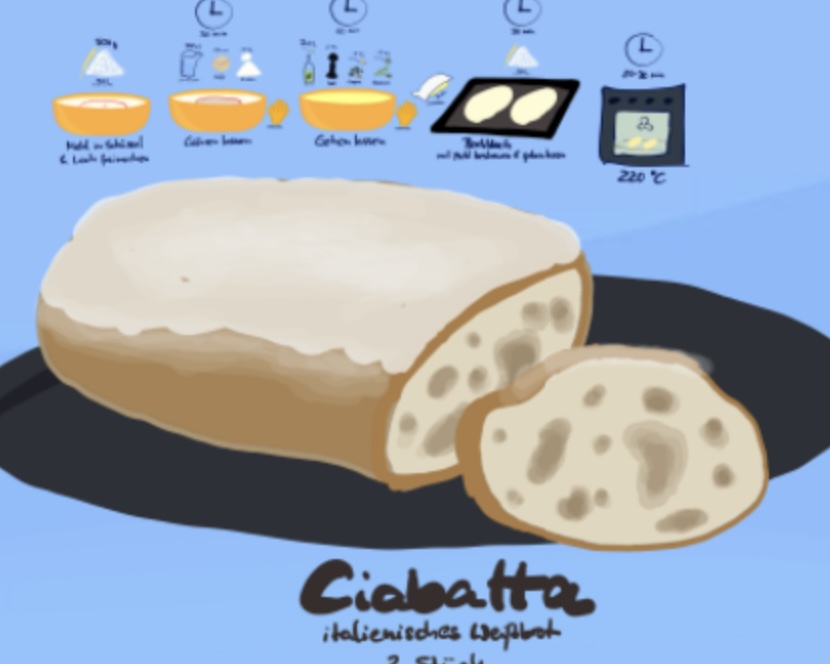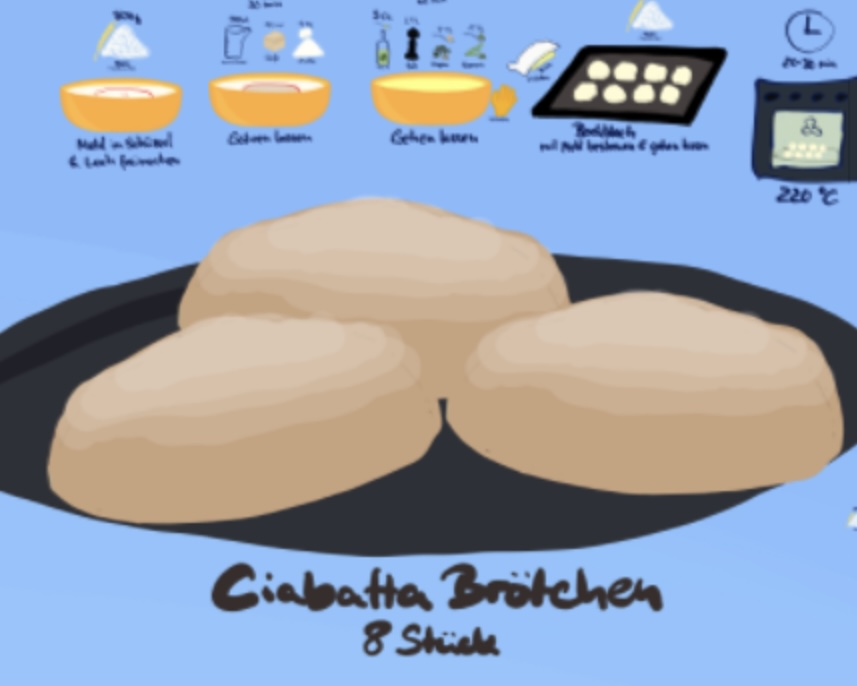Classic French Baguette
Classic French bread, crisp on the outside and soft inside, perfect for sandwiches.Instructions: Tap the Map & Cook Along 👇
The Quintessential Baguette: Crust, Crumb, and Culture
In the illustrious realm of bread, few varieties are as celebrated and instantly recognizable as the French baguette. With its iconic slender shape, golden crust, and soft, airy interior, the baguette is not just a staple of French cuisine but a symbol of French culture itself. Whether it's cradled under the arm of a Parisian on a brisk morning or sliced at a dinner table around the world, the baguette brings with it a sense of tradition and artistry that transcends borders. Let's delve into the history, making, and enduring popularity of this beloved bread.
The Birth of the Baguette
While the exact origins of the baguette are shrouded in mystery, its story is deeply intertwined with French history. The baguette as we know it today began to take shape in the early 20th century. However, some legends trace its roots back to the Napoleonic Wars, claiming it was designed to be easily carried by soldiers. Others suggest that the baguette was developed to accommodate Parisian workers who were not permitted knives at work, requiring a bread that could be torn rather than sliced.
Crafting the Perfect Baguette
The beauty of the baguette lies in its simplicity and the precision required to perfect it. The classic ingredients—flour, water, yeast, and salt—are humble, but the techniques to handle them are anything but. Making a true baguette is an art form, involving meticulous fermentation and proofing processes that develop its flavor and texture.
The dough is first allowed to ferment slowly, a crucial step that enhances its taste and creates its characteristic holes. The dough is then shaped into long, thin loaves and scored along the top, which allows it to expand during baking. The baguette is baked at high temperatures in steam-injected ovens, which is key to achieving the baguette’s signature golden crust and chewy interior.
The Crust and Crumb
A perfect baguette is a sensory delight. The crust, golden and crisp, should crackle when gently squeezed. This crust contrasts beautifully with the crumb—the bread’s interior—which should be soft, airy, and riddled with irregular holes. The aroma is subtly yeasty and the flavor, while nuanced, carries a slight tang from fermentation, making the baguette ideal for pairing with a wide array of foods, from simple butters and jams to rich cheeses and cured meats.
A Cultural Icon
More than just a type of bread, the baguette is a cultural icon. It's a fixture in still life art, a frequent subject in films and literature, and a symbol of daily French life. Its influence and fame are such that the traditional French baguette was nominated for UNESCO’s Intangible Cultural Heritage status, a testament to its global impact and cultural significance.
Serving and Enjoying Baguette
The baguette's versatility is one of its many charms. It can be enjoyed at all times of the day: sliced thinly as a base for canapés, torn and dipped in olive oil as an appetizer, or simply as the perfect accompaniment to any meal. The freshness of a baguette is paramount; it is best enjoyed on the day of baking, though leftover bread can be transformed into delicious croutons, breadcrumbs, or even used in dishes like French onion soup.
Conclusion
The baguette is more than just bread; it's a testament to the art of baking and a symbol of French culinary prowess. Its simple ingredients belie the complex techniques required to perfect it, making every bite a celebration of flavor and history. Whether you're a seasoned baker or a curious foodie, the journey of creating and enjoying a classic baguette is an enriching one that connects you with a rich tradition of artisanal craftsmanship. So, the next time you break into a freshly baked baguette, take a moment to appreciate the art and history baked into every golden inch.
